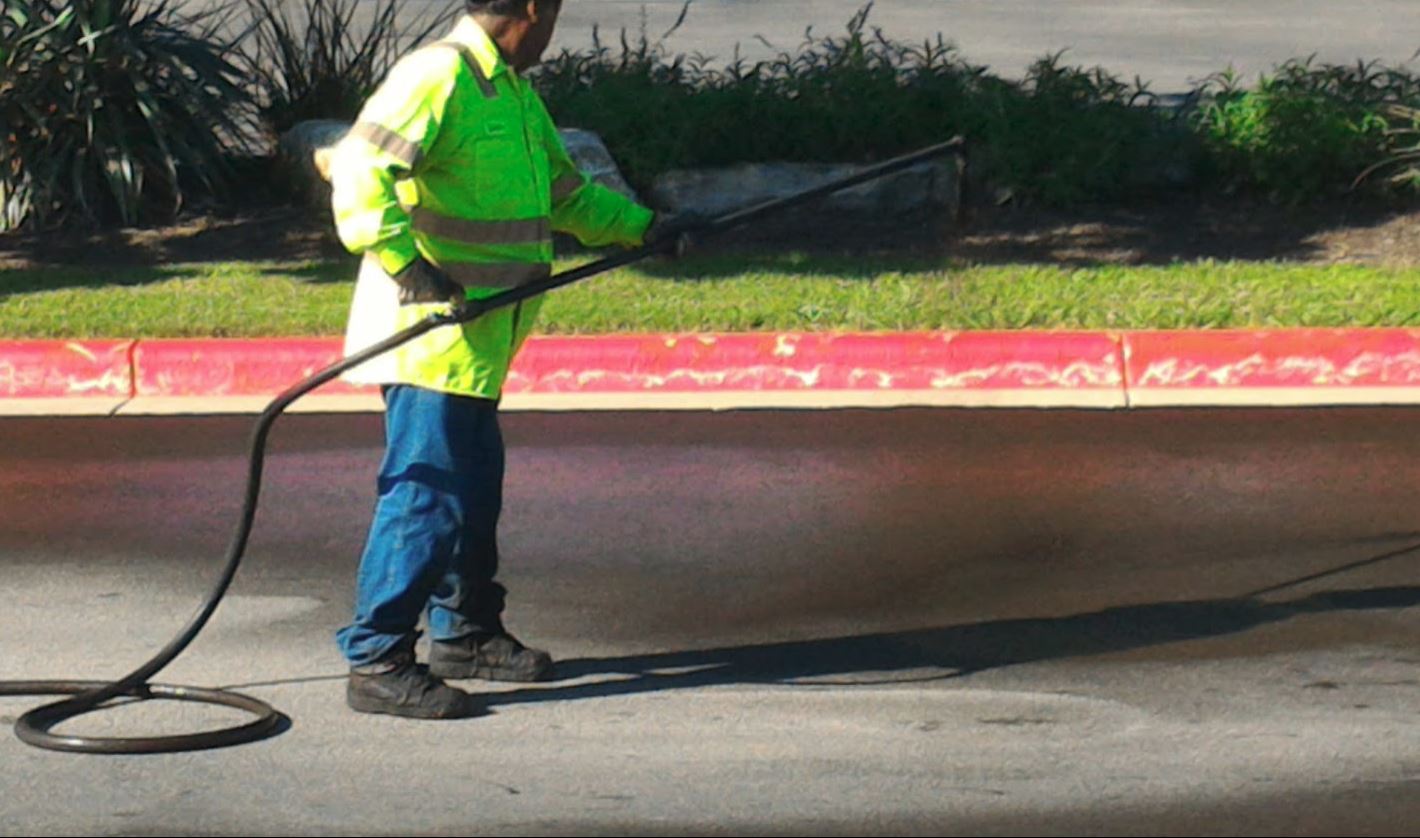
The following letter is in response to proposed regulation of coal tar in Canada and was sent to their lead regulatory agency Environment and Climate Change Canada.
Greetings,
Thank you for your work in preparing this Assessment.
I am a civil and environmental engineer and am not a toxicologist. I am not an expert in Canadian environmental protection law or regulations but I may have some additional relevant insights into coal tar sealers.
Overall the evidence appears to support your conclusions that coal tars and their distillates meet the criteria under paragraph 64c of CEPA and they are entering the environment in a quantity or concentration or under conditions that may constitute or may constitute a danger in Canada to human life or health.
The following are comments are as they appear in your supporting document.
- We agree that releases of coal tar substances to water and sediment from the application and use of coal tar-based pavement sealants are likely to exceed levels that elicit adverse effects to organisms based upon estimated releases of PAHs.
- Under item 5 Uses, third paragraph:
The Assessment refers a European Commission document to support the decreased use of coal tar sealers in North America. In reviewing the European Commission document referenced, there is some confusion about the terminology being used. In a European context coal tars historically were used in hot mix asphalt. This practice has been eliminated over the last 30 years. There is no mention of the North American experience of using coal tar pavement sealers and the use of asphalt-based products as a substitute. - That being said, there may be some reduction North American consumption of coal tars, but this is a bit of conjecture. On the one hand about 20 million citizens of the United States, less than 10% of the total population, are under a complete ban of coal tar pavement sealers. https://coaltarfreeusa.com/bans-2/ However industry analysts have stated that the year 2014 was a record sales year for pavement sealants. http://goo.gl/CV48XR The effects of these offsetting trends is uncertain.
- In that same section and in paragraph six an estimate of the number of tonnes per year of coal tar pavement sealants is made. For comparison purposes some jurisdictions in the United States use about 1 gallon per capita per year and some as much as 2 gallons per capita per year of pavement sealant. https://goo.gl/stjYXs With the density of about 11 pounds per gallon and using the current Canadian population, the amount of coal tar sealant used in Canada could be as much as 10 to 20 times greater than the 10,500 tonnes listed.
- In that same paragraph the statement that coal tar pavement sealants are sold primarily at the retail level and by small companies should be verified. Survey of sealant usage in Austin Texas revealed that only 10% of the market was sold at the retail level. Also one of Canada’s largest home improvement stores, RONA, with more than 500 locations sells coal tar sealers. While these details may seem trivial, it is important to understand the market and the effects it has on Canadian citizens.
- Dermal exposure from coal tar pavement sealers
The first paragraph in this section presumes the most likely exposure to be the application of coal tar sealers by a consumer on a 2 to 3 year cycle. However this neglects the fact that this product is frequently used where children play at schools, daycare centers and residential driveways. At schools these surfaces are often stenciled with maps or grids as interactive play areas for children. Also the activity of children on sealed asphalt surfaces has been observed to wear sealant off at a faster rate than automobile traffic as well as stain hands and shoes and balls. Not only are these children more at risk because of their development, these exposures could be multiple times a week during certain seasons; much more than a homeowner applying a retail purchased coal tar pavement sealant every few years.
Summary of health effects
While it is a reasonable statement that the assessment is not intended to be comprehensive, there appear to be some important observations which should be considered.
1. Please review the effects of coal tar pavement sealers on Canadians who are asthmatics. The curing of coal tar pavement sealants is a trigger for many of these people. PAH’s have been linked to the development of asthma and to asthma triggers. http://www.healio.com/pediatrics/allergy-asthma-immunology/news/online/%7Ba3c00df0-fac2-471d-ac89-3f01945e9c4e%7D/airborne-chemicals-linked-to-immune-dysfunction-asthma
And according to the Asthma Society of Canada, there are increasing trends in the number of asthmatics with an estimated 3 million Canadians suffering from this illness. http://www.asthma.ca/corp/newsroom/pdf/asthmastats.pdf
2. Please review the effects of PAH’s on the cognitive and behavioral development of children. A cohort has been followed from pregnancy to birth to elementary school where they have found a correlation between PAH exposure and IQ, birth weight, and behavioral problems. http://archpsyc.jamanetwork.com/article.aspx?articleid=2205842
If you need clarification or additional information, then please don’t hesitate to contact me.
Thank you.
Thomas E. Ennis, PE, LEED AP
